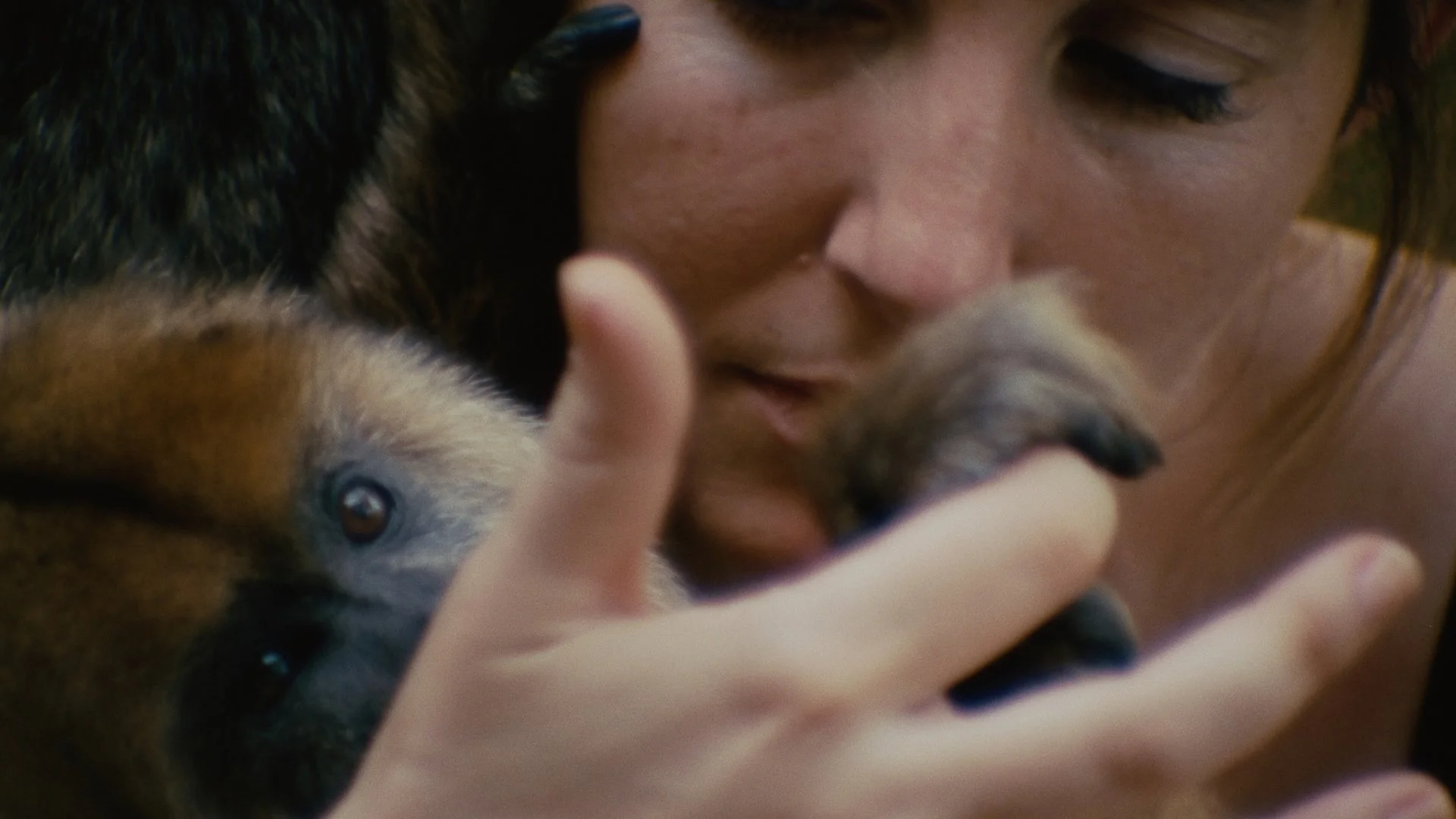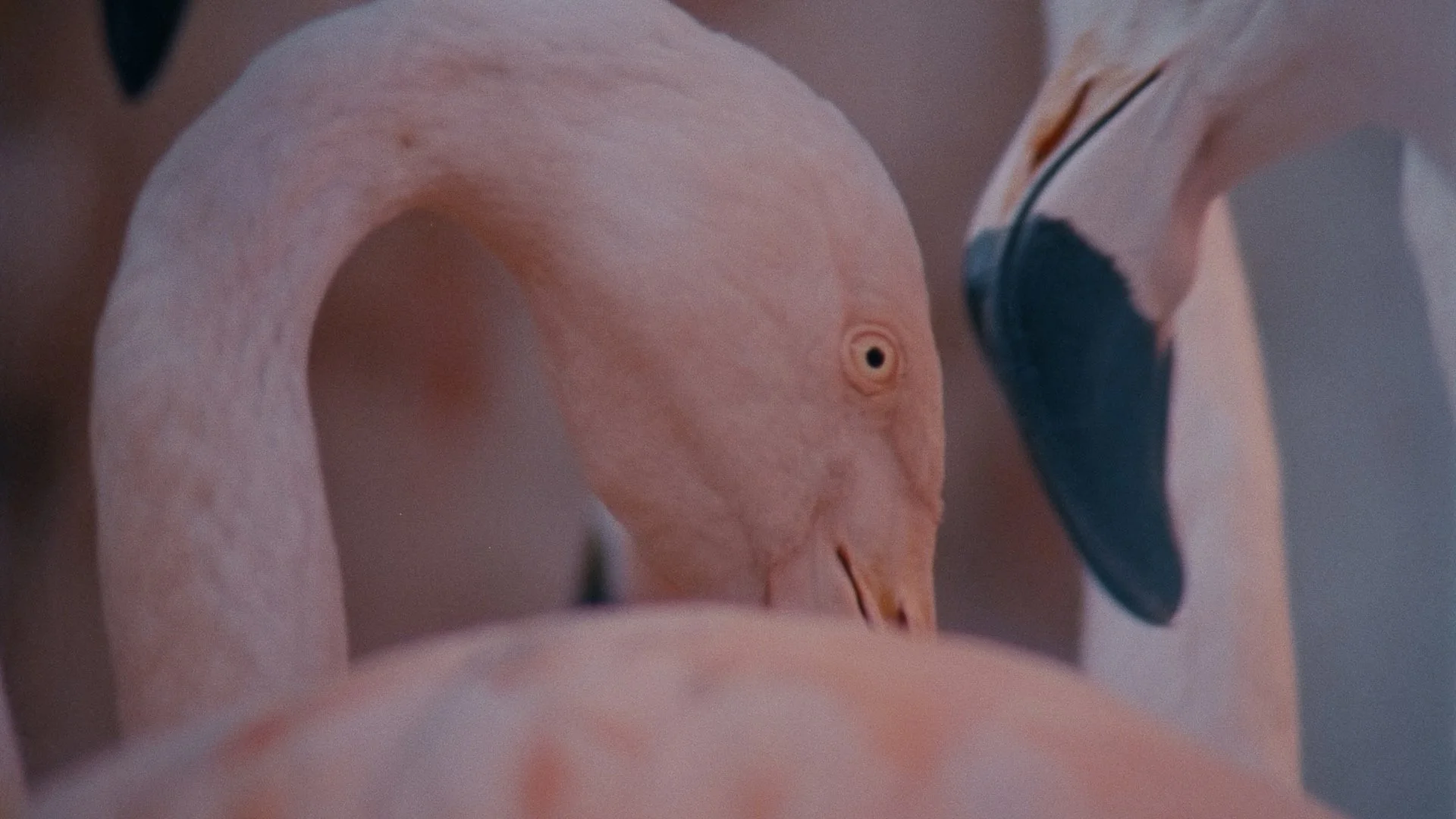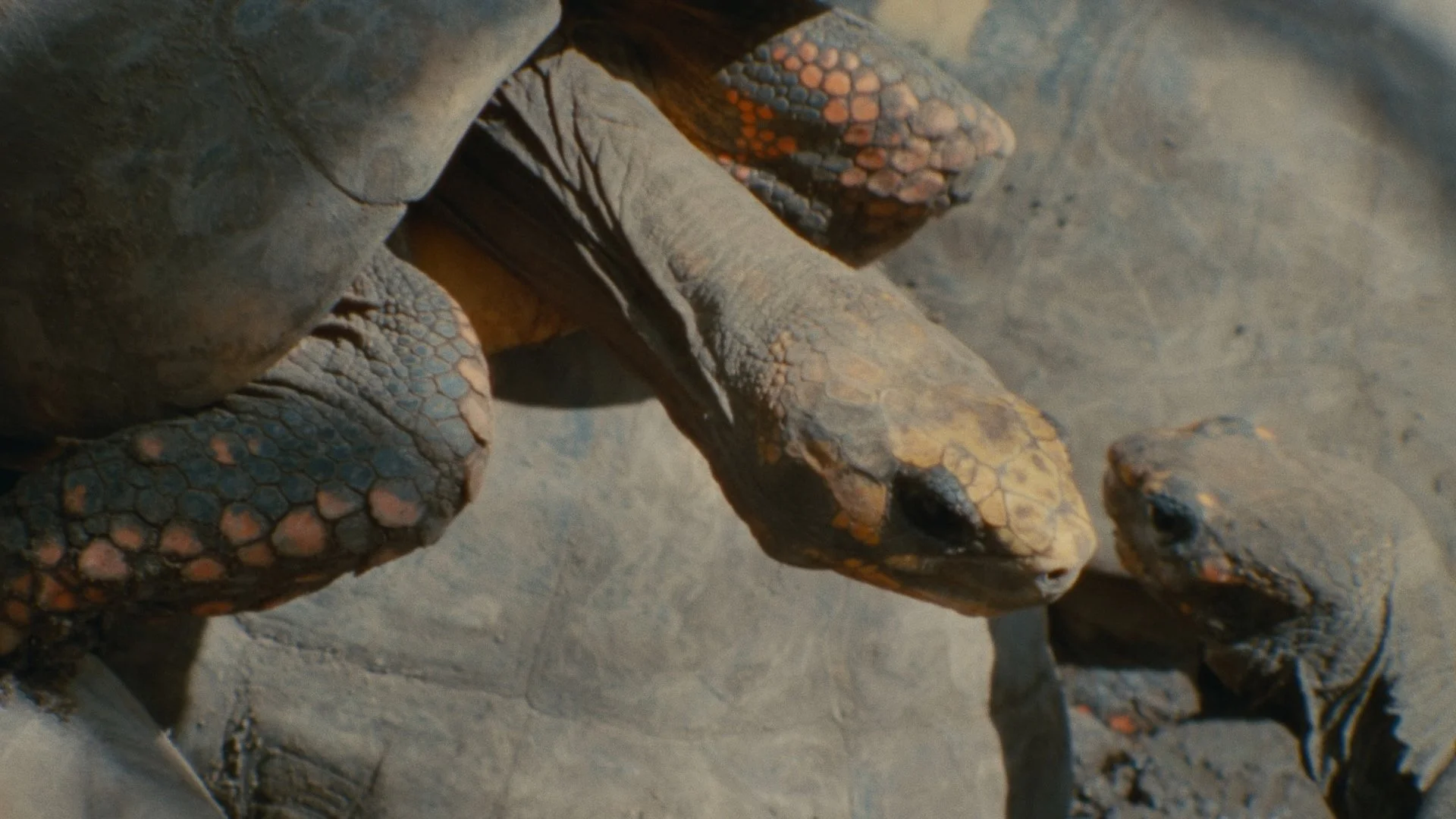‘Collective Monologue’ Review: Jessica Sarah Rinland’s Latest Is a Brilliantly Immersive Examination of Human-Animal Connections
Grasshopper Film
Those who have been fortunate enough to live or work closely with animals understand the profound intimacy that builds from a relationship dependent on care and routine. This virtue of connection gradually develops in the hours spent tending to non-verbal creatures onto which humans are unable to avoid projecting their sentiments and presumptions, creating a bond that bolsters the interconnectivity of humanity and nature, despite the modern world’s increasing partition of the two in the face of advancing technology and environmental degeneration.
For her latest cinematic experiment, Collective Monologue (Monólogo Colectivo), multidisciplinary artist Jessica Sarah Rinland explores the tacit bonds between animals and their keepers in several Argentine animal sanctuaries undergoing significant transformation. Enigmatic in form but moving in the sensations it so skillfully captures, Collective Monologue stands out as one of 2025’s most mesmerizing works of documentary cinema thus far.
Shot over five years in the Buenos Aires Eco-Park (rebranded from a “zoo” in 2018) and wildlife sanctuaries outside of the capital city, Collective Monologue mostly observes Maca, a thirty-something animal keeper who has devoted many years to the park and its non-human inhabitants. The finest parts of Maca’s job find her close to the animals she cares for: tiny monkeys, macaws, anteaters, flamingos, and many other diverse species. The rest of her time at work is occupied by bureaucratic headaches, with funding issues from the city’s government being one of the leading causes that leave Maca and her team struggling to obtain the resources the animals need. From its hyper-focus on Maca’s day-to-day exchanges with the animals, Collective Monologue unhurriedly zooms out its perspective to examine the park’s storied history, which dates back to the late 19th century. Against the backdrop of the park’s archives and original buildings being carefully restored, Rineland draws both connections and distinctions between the past and present, and ultimately, humankind’s ever-evolving relationship with nature.
Grasshopper Film
Throughout its runtime, Collective Monologue immerses the audience in a touchingly sensorial experience, one that draws us into the world of Maca and the animals she cares for with unassuming simplicity and serenity. Rineland utilizes the eco-park’s surveillance footage and juxtaposes it with 16mm film shot on a handheld camera, creating an engrossing contrast between the sterility of the former and the artistic tactility of the latter. Often tracking Maca into the animal enclosures, Rineland’s camera pays close attention to the familiarity of touch between the handler and her charges, using extreme close-ups to capture the contact between paws, claws, and hands, accentuating the immense capabilities of physical contact, even between species.
Sound plays an equally vital role in the documentary's overall sensorial impression. The work downplays the verbal interaction between the park's employees (typically presented through voicovers of radio or voice messages) instead focusing on its ambient noises: the opening and closing of cages, the constant sounds of the surrounding city, the squawks of parrots, and the honks of flamingos. A remarkable example of Rineland's exceptional attention to the soundscape of the work is a relatively straightforward moment, a close-up of giant tortoises preparing for feeding time, as their shells bump into one another with unbelievably pleasing clangors that would make any ASMR YouTuber envious. By downplaying traditional narration in this manner, Collective Monologue fully plunges the viewer into the park's soundscape and the closed-off microcosm within its boundaries.
Grasshopper Film
As Rinland begins to open up her focus, Collective Monologue settles into its unique rhythms, and explorations of the Buenos Aires Zoo's past ensue, allowing for a broader perspective on its subsequent transformation in the contemporary era. The camera concentrates on the hands of historic preservationists as they restore and archive antique brochures from the zoo, just as closely as it does in the shots of Maca and the animals. Illuminating the zoo’s foundation, we learn through fragmented information that it was constructed during the twilight of the Victorian era, when zoos were emerging in nearly every major city worldwide, in a similar design style that exoticized world cultures and nature through a specifically European lens. The zoo once featured an exhibit of an Indigenous family circa 1900.
Hand in hand with reflections of the past, Collective Monologue subtly presents the efforts of the park's reformation in the modern era. With its transformation from zoo to eco-park, the institution's commitment has been redirected toward efforts to relocate and liberate the animals, ultimately transforming the space from one dedicated to human amusement to a true sanctuary. In the clipped conversations we hear via radio, the efforts to prepare the animals for their reintroduction to reserves that more closely mimic their natural habitats take up much of the keepers' energy, particularly the relocation of a giant anteater.
Through its hypnotic sensibilities and near-invisible camera, Collective Monologue immerses its witness in Maca's world while simultaneously exploring the deep-rooted ambiguities surrounding institutions such as the Buenos Aires Eco-Park. Rinland's singular vision demands that the audience question humans' relationship to the natural world, with the film's title referencing psychologist Jean Piaget's concept that children believe nature to be made just for them. Collective Monologue concludes on its most emotional note: Maca enters the enclosure of Juanita, a monkey whose illness has been referenced throughout the work. Like a lapdog, Juanita crawls onto Maca, and the two share a remarkable cuddle while a singular tear falls down Maca's cheek. Regardless of what humans may project onto animals in an attempt to understand them, they have a genuinely therapeutic power over us, one that can transcend almost any other feeling of purity in life.
5/5
2024 | 1o4 mins | Spanish with English Subtitles | Color, B&W
‘Collective Monologue’ world premiered at the 2024 Locarno Film Festival. The documentary begins its theatrical release in the U.S. on Thursday, July 17, courtesy of Grasshopper Film. Click here to find out more about ‘Collective Monologue.’


